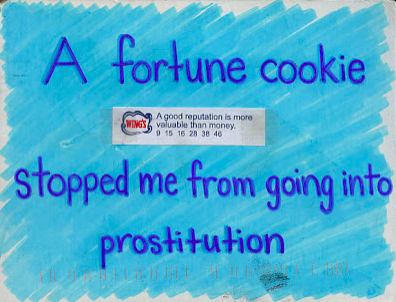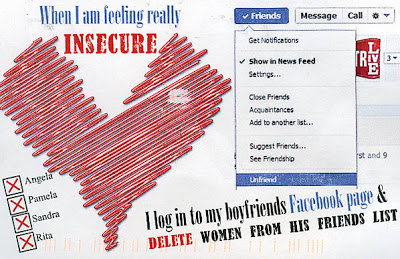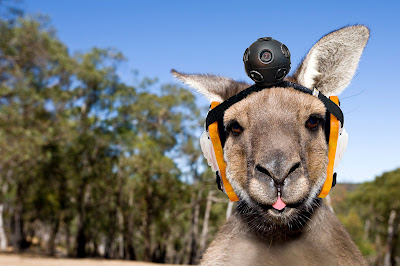 When I arrived in Paris three months ago, I figured I would brush up on my French etiquette. To my surprise, I found multiple sites offering the same stereotype-busting advice: “French people aren’t rude,” they said. “In fact, French people are incredibly polite. But when you aren’t polite enough, they’ll tell you.”
When I arrived in Paris three months ago, I figured I would brush up on my French etiquette. To my surprise, I found multiple sites offering the same stereotype-busting advice: “French people aren’t rude,” they said. “In fact, French people are incredibly polite. But when you aren’t polite enough, they’ll tell you.”
On those same sites, I read about the little daily politenesses that French people expect. When you enter a store, for example, you say hello to the owner or the cashier; when you exit, you say thank you and goodbye. When you stop someone on the street for directions, you precede your request with “Excuse me, sir/madam.”
And I’ve seen this attitude – speaking up when you feel someone is wrong – extend beyond just etiquette. When I studied abroad in Paris, I went for daily morning runs at 8 am. One day, as I went to open the door to the stairwell, a cross-looking French woman in slippers and a bathrobe stopped me. She criticized me for banging the stairwell door every morning and (this is perhaps a bit too far) made me literally demonstrate that I could shut it softly. (All in French, mind you – I was rendered quite speechless.)
At the time, I thought she was a crazy French woman with overly sensitive ears; now, I see her as an honest French woman (with overly sensitive ears).
I witnessed a similar situation in the metro, when another French woman sternly pointed out to a commuter that his large bag was invading her space. In both cases, I could have imagined their American counterparts saying nothing, suffering in silence and building up repressed resentment. Maybe resentment is too strong a word, but the annoyance could easily ruin their morning. I can just hear the gossip later in the day: “How inconsiderate! He did what? People these days!” But by speaking up, the French women made both offenders aware of their unintended offense, and the situations were resolved and done with.
We may wish for a little more patience from the French – after all, we Americans make faux pas out of ignorance and not malice – but we should appreciate the principle behind their harsh words, which is one of honesty. I certainly do – not that I needed another reason to fall in love with the land of castles and cafes.















